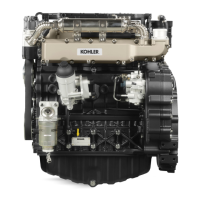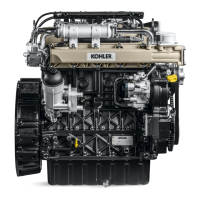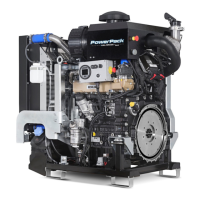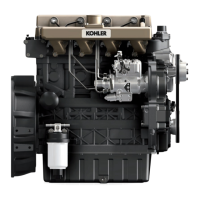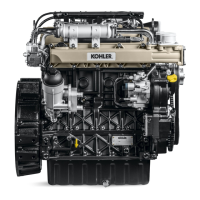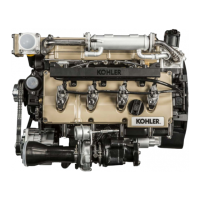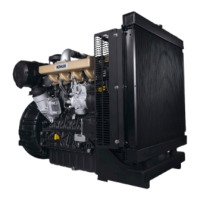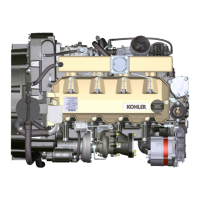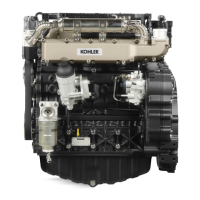2.16.5.1 Hydraulic tappet operation
The operating principle of the hydraulic tappet is based on
the incompressibility of the liquids and on controlled leakage.
The oil under pressure enters the tappet chamber A ,
providing a constant supply of oil in the low-pressure
chamber.
Through the non-return valve, 4 the oil can only access the
high-pressure chamber B and exit via the clearance between
the piston 3 and the tappet body 5 (controlled leakage).
The chamber B is filled when the rocker arm is on the base
radius of the cam and the spring 6 keeps the piston 3 against
the valve stem, thus eliminating any system play. Thanks to
the spring extension, the tappet "extends", creating a small
depression in the chamber B , making the non-return
valve 4 open, and allowing the oil in the chamber A to pass to
chamber B , restoring the proper amount of oil required to
eliminate any play in the valves.
2.16.5.2 Difficult operating conditions
For proper operation on the hydraulic tappets it is essential that the low pressure chamber of the piston 3 is
always full of oil.
In some conditions this may not occur (due to the fact that the oil leaks away when the engine is switched
off, which can also partially drain the tappets). This situation will be the cause of clearances that will result in
a characteristic noise similar toa ticking sound.
1.
When the engine is cold, the tappet filling time could be very long if the oil used is not suitable for the
specific environmental conditions ( Tab. 2.2 )
2.
If the engine is very hot: at idle speed, oil pressure may be low, and small air bubbles could form in
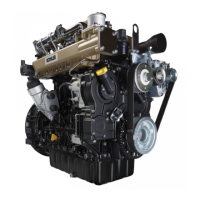
